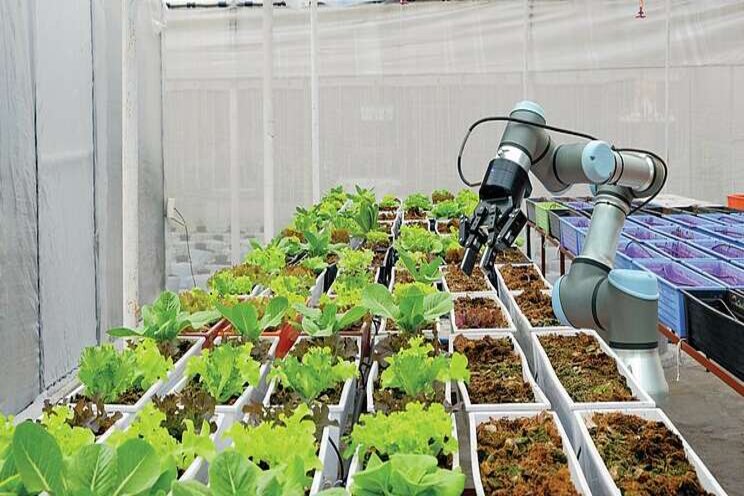Enhanced robotics in food production
Added on 31 May 2020

"The current trend of automation has witnessed the development of new technologies that are capable of providing end-to-end automation for the production of certain foods," Rao says. "The aspect of minimizing worker presence across the production process can help minimize potential contamination while also helping companies reduce costs, in terms of safety and other measures for personnel."
In light of the current scenario, the use of automated systems can ensure continued manufacturing and supply of food products given the restrictions on the movement for individuals. By ensuring fully automated systems, the risk of foreign contaminants can be eliminated and can also provide a scope of automated sterilization and disinfection systems. Automated systems can also be controlled and monitored remotely. This reduces personnel risk by negating the need for individual presence and allows for the factory to operate remotely, which benefits the current scenario as automated systems aid manufacturers in negating the risks of personnel loss or food contamination. It is worth noting that the current systems are bound under FDA regulations that require manufacturing units to maintain GMP (Good Manufacturing Practices), as well as maintaining a Hazard Analysis and Critical Control Points (HACCP) certification even during the operation of automated systems. The FDA also mandates that the equipment should be compliant with an IP67 rating to be compatible with existing disinfection modes.
Source and Photo Courtesy of Greenhouse Grower
Source: Greenhouse Grower
More news















